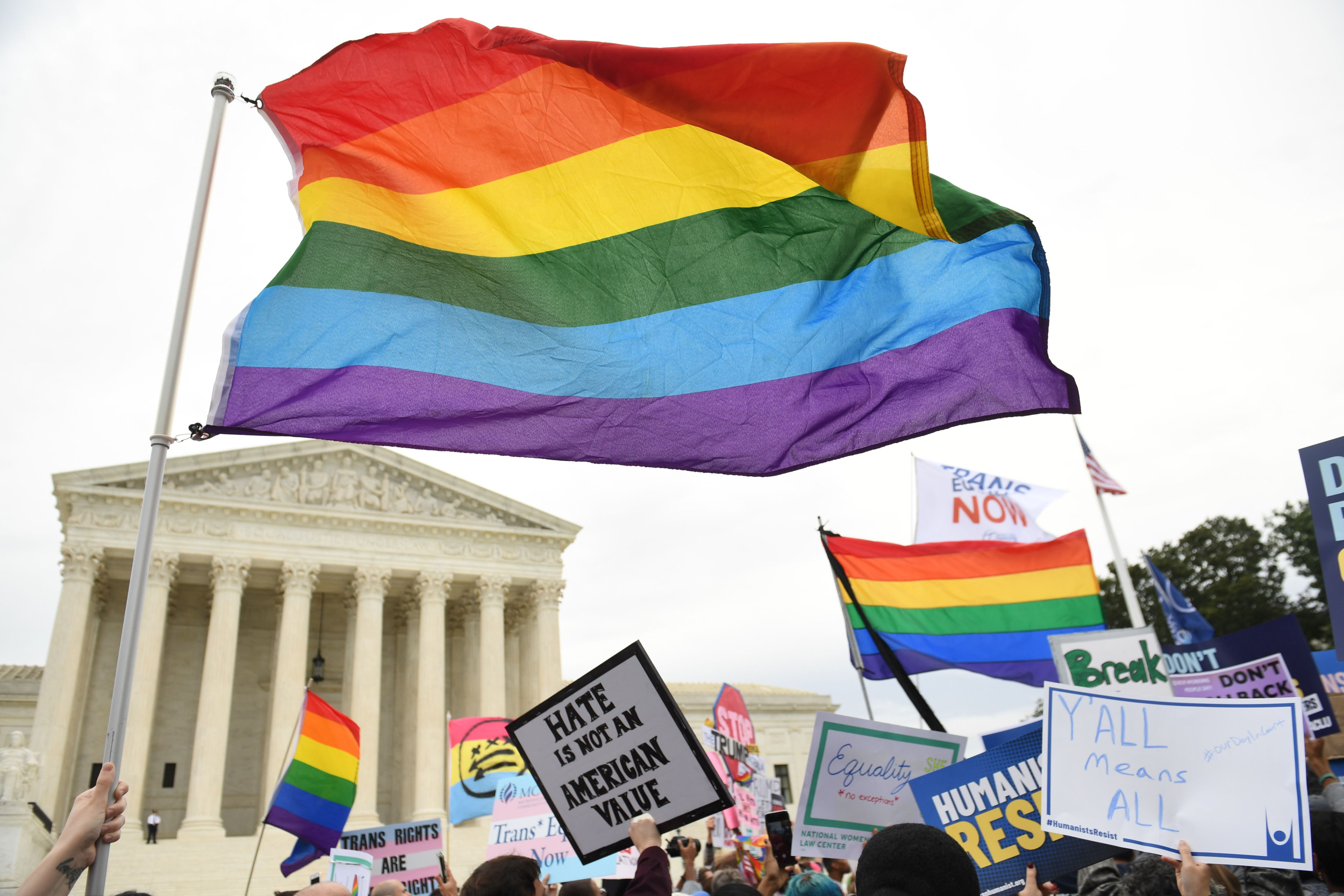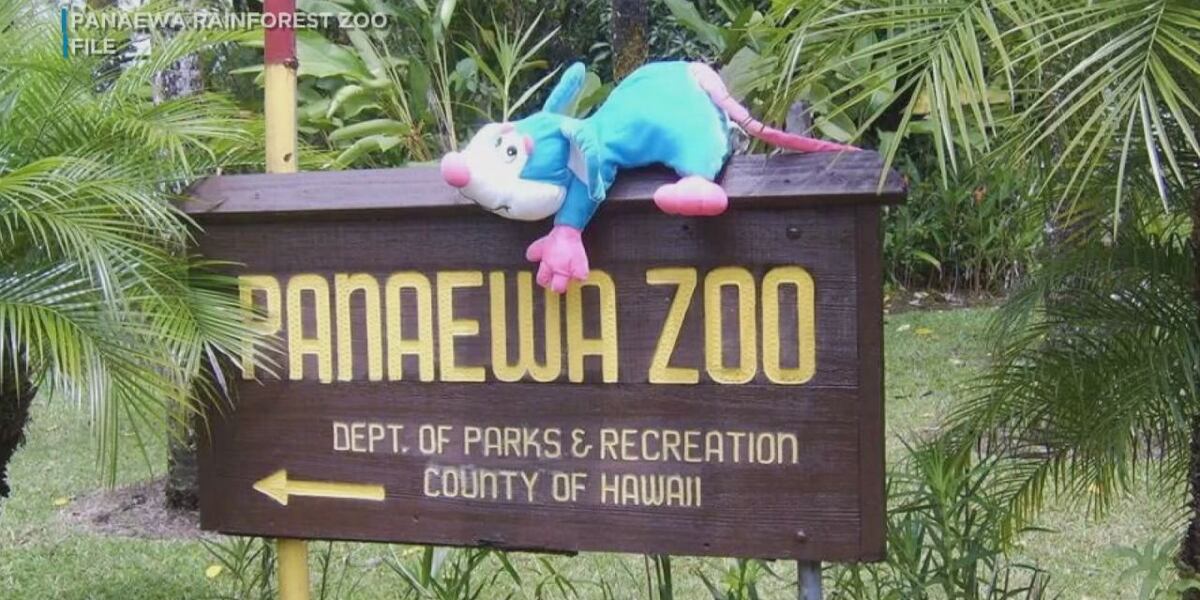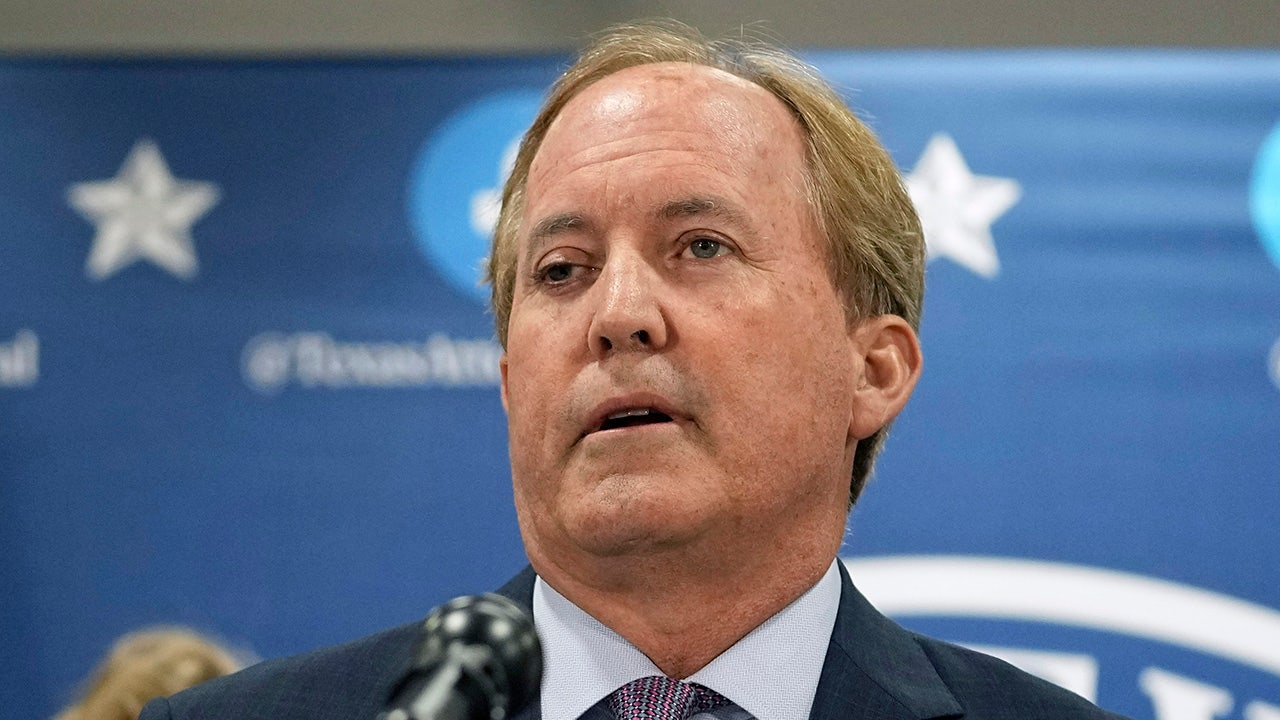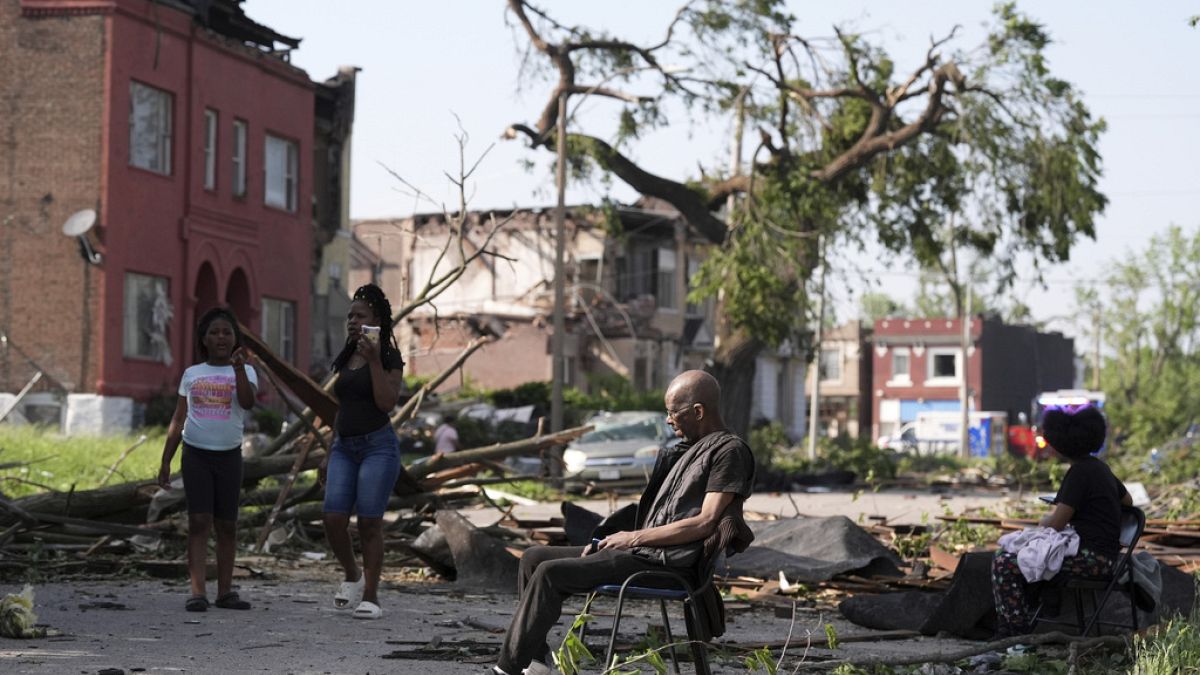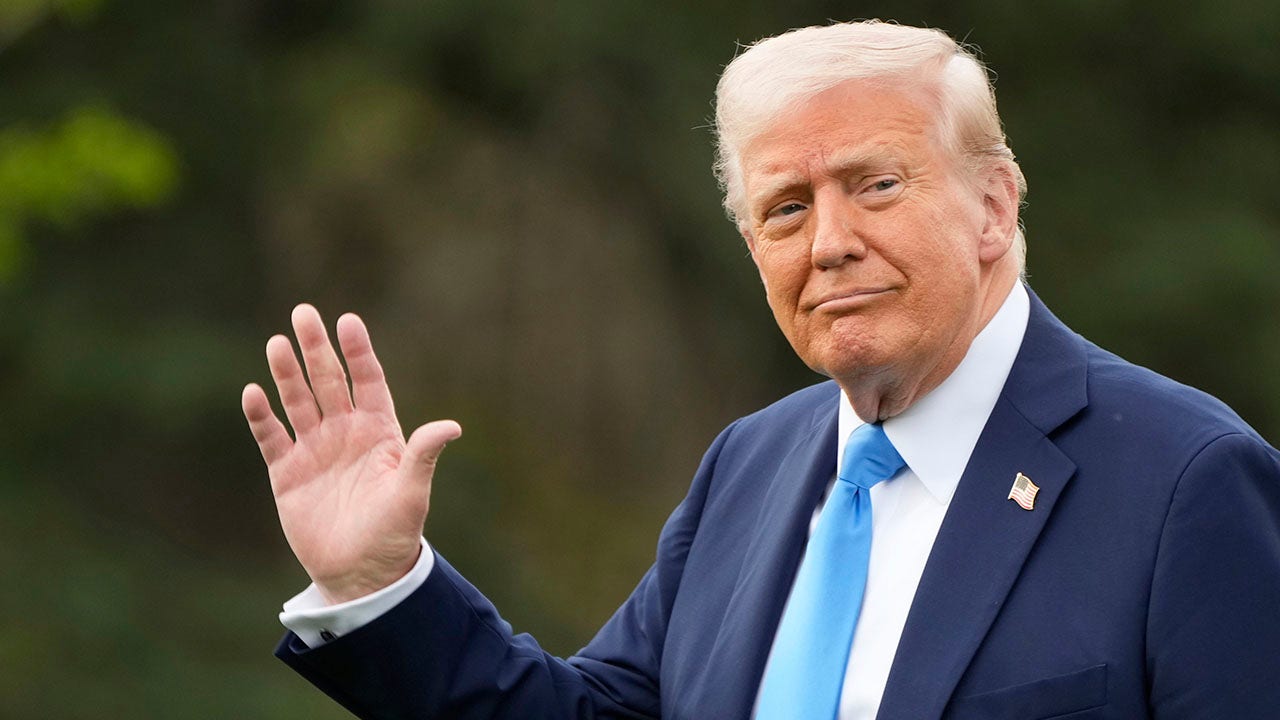Hawaii
A Supreme Court case in Hawaii could raise gas costs for us all

Aloha spirit be damned, the Hawaii Supreme Court has deemed the oil industry unwelcome in the state.
In a ruling late last year, the court affirmed that the city of Honolulu could file a lawsuit alleging that Sunoco, Exxon, ConocoPhillips, and an assortment of other companies have caused it injury via their products’ greenhouse gas emissions.
Now it may be up to the US Supreme Court to set the matter straight: Is climate change an area of special federal interest or can states give Big Oil the boot? If the latter, the outcome from 50 new sets of legal hoops is inevitably higher energy prices for all Americans.
Honolulu’s core claim is that the oil companies’ “efforts between 1965 and the present to deceive about the consequences of the normal use of their fossil fuel products” constitute tortious conduct.”
The chain of reasoning is that Sunoco et al have marketed and sold products that, when combusted, emit carbon dioxide and other gasses, exacerbating the greenhouse effect, warming the planet, melting glaciers, and causing sea levels to rise.
That rising water, the argument goes, has caused “historical, projected, and committed disruptions to the environment — and consequent injuries to the City.”
Honolulu’s claim underscores how difficult climate damage attribution really is. Yes, emissions add incrementally to sea level rise. But, no, we cannot attribute with confidence a portion of the cost of managing rising water to particular companies.
According to the US government’s Interagency Sea Level Task Force, the Hawaiian Islands are expected to experience 6-8 inches of sea level rise by 2050. That will surely require some coastal adaptation measures, as Honolulu says.
But what the City is slower to acknowledge is that factors other than sea level rise are playing a part in its troubles too — including its own land use and the unlucky fact that Hawaii’s volcanic geology is resulting in the islands sagging lower year by year.
Mercifully, the Supreme Court wouldn’t be weighing in on the scientific technicalities of Honolulu’s tort claim, but rather on whether Hawaii — or any other state — has climate change authority at all.
In June 2024, SCOTUS asked the Biden administration’s Solicitor General for the federal government’s opinion on the matter of federal preemption raised by the oil companies in their appeal of the Hawaii Supreme Court decision.
The appeal argues that federal law — namely the Clean Air Act — supersedes state law claims. As we near the end of the Biden presidency, a filing from the Solicitor General in favor or opposed to the Supreme Court taking up this appeal is imminent.
If SCOTUS does so, how might the justices consider the constitutional questions at hand? Related air and water pollution cases suggest the oil companies have precedent on their side.
In 1987, the Rehnquist court decided in International Paper Company v. Ouellette that the Clean Water Act preempts a common-law nuisance suit filed in a Vermont court under Vermont law, when the source of the alleged injury was located in New York.
In 2011, the Roberts court unanimously reached a similar decision in a Clean Air Act case, American Electric Power Company v. Connecticut.
Justice Ruth Bader Ginsberg’s opinion for the court then, that “it is primarily the office of Congress, not the federal courts, to prescribe national policy in areas of special federal interest,” applies today just the same.
Most recently, in 2021, the US Court of Appeals for the Second Circuit upheld a federal district court decision in City of New York v. Chevron that a municipality cannot “utilize state tort law to hold multinational oil companies liable for the damages caused by global greenhouse gas emissions.”
As George Mason University legal scholar Donald Kochan argues, the 2023 Hawaii Supreme Court ruling that the City of Honolulu’s case could proceed creates just the kind of national legal dissonance that requires the US Supreme Court to step in.
Given the dispersed nature of the corporate actions in question, this is a federal matter, not a state matter. Hawaiians, like citizens of the other 49 states, are represented in House and Senate and can channel their political energy through federal legislation.
If this case goes forward in Hawaii, it will jeopardize the national commercial market and legal framework that makes America, despite it all, the best big country in the world for productivity, wealth creation, and widely-shared prosperity.
Jordan McGillis is the economics editor of City Journal.

Hawaii
Exploring the extraordinary tradition of Hawaiian lei making:

From its golden sun to its turquoise surf, Hawaii can always take your breath away. But it’s the colorful leis that may dazzle the most.
The island’s exquisite array of flowers, valued for their fragrances, are harvested by Hawaiians for the ancient tradition of lei making.
Hawaii native Meleana Estes picks flowers – like the valued flower puakenikeni, known as the perfume flower tree ten cent flower – to create a colorful palette for her leis. A single lei can use 300 individual flowers and take hours to make.
An “expression of aloha”
CBS Sunday Morning
Hawaiians have been proudly sewing leis for more than 1,000 years. It’s a tradition that was introduced by early Polynesian settlers who wore garlands around their necks or heads as a gesture of respect for the gods.
There’s never a wrong time to bestow someone with a lei, Estes says. Today, Hawaiians hand out leis for nearly every occasion – from weddings to funerals, to airport pickups and beyond.
“Really a lei is your expression of aloha. Your love,” Estes explained, adding that it can also show a warm welcome to a house guest.
Estes learned the intricate art of lei-making from her grandmother or “Tutu,” and published a book called “Lei Aloha” to celebrate her traditions.
“She was very intentional. I feel like my Tutu would think about it for three days prior, you know, as she’d start gathering with intention for that one person,” Estes said.
With dozens ofspecies of flowers growing on the islands, the designs are endless. Estes makes extraordinary creations for family and friends using a long needle and thread.
“It’s beautiful, very architectural,” Estes said of the process.
You can see the colorful creations on display at the Annual Lei Day Celebration in Hawaii, held every May 1 since 1929. Dozens of master lei makers enter their work for a chance of being crowned best in show by judges, including Jamie Adams Detwiler.
“It’s really difficult” to pick just one winner, Detwiler said, noting that she looks for “what feeling” the leis bring to her and that they stay true to the lei method.
This year’s winner: a customary lei kui or sewn lei.
Getting creative
CBS Sunday Morning
But while lei making remains popular, its future could be in peril. Suburban sprawl has paved over many flower farms and climate change has overheated remaining land. An estimated 90 percent of flowers used in leis are now imported from countries like Thailand.
Andrew Mau, who owns a small Oahu boutique called ISLAND-BOY, where he makes leis from mostly family sourced flowers, said he’s seeing the impact firsthand.
“Everybody’s personal lei making stash or, you know, garden or mango tree or whatever you have, it’s been reduced,” he said.
The fact that a lei only lasts around two or three days has also added more stress on the island’s dwindling flower stock, forcing lei-makers like himself to adapt.
“We work with what we can get. Sometimes we don’t get enough flowers to make a lei. We use unripe fruit. An ornamental banana. We recently had someone bring in avocados from their tree,” said Mau, though he admits it breaks from tradition.
Mau’s work – particularly his “forever lei” – is so popular it regularly sells out.
“A forever lei is our response to the perishability of flowers. We work with wood beads – seeds, shells, nuts…it doesn’t have an expiration date,” he explained.
Hawaii
Man arrested for negligent homicide after deadly pedestrian crash in Hawaii Island
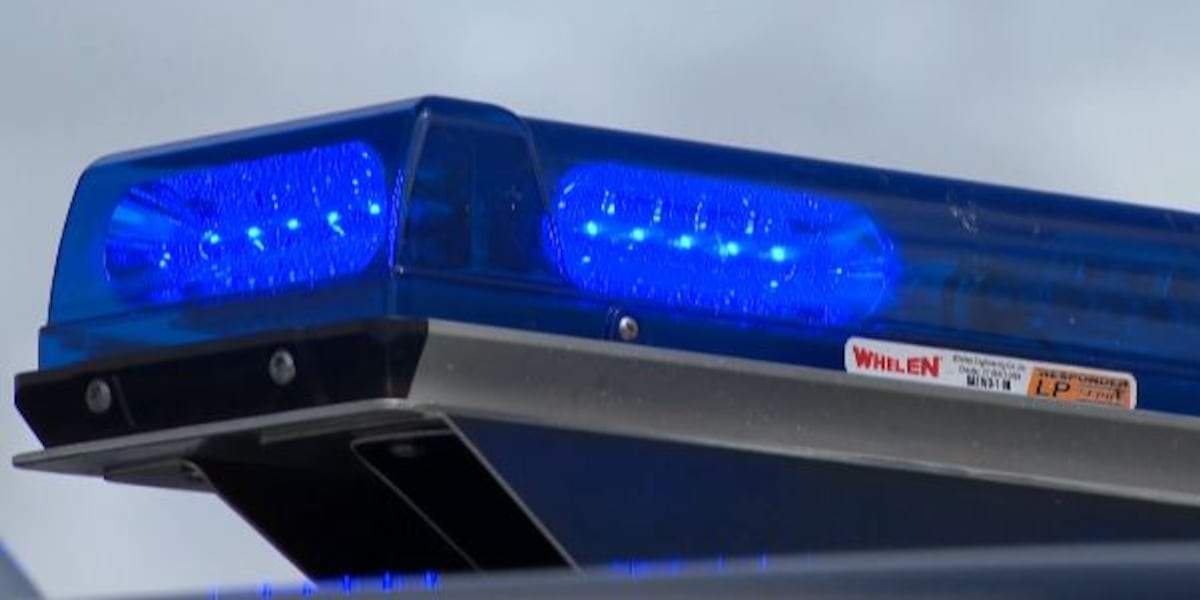
PUNA (HawaiiNewsNow) – Hawaii County police arrested a man for operating a vehicle under the influence of an intoxicant and for negligent homicide after a deadly pedestrian crash Friday.
Dallas Brooks, 30, was arrested Friday evening after he hit Maxwell Robertson Sherword, 21, in Kurtistown.
According to police, at around 7:20 p.m. Brooks was traveling in an SUV eastbound on Orchidland Drive, near the intersection of 36th Avenue, when he struck Sherwood.
At the time of the crash, police said Sherwood was in the roadway and not in a marked crosswalk.
Officials said a witness told police that other vehicles had swerved to avoid hitting a man who was located in the middle of the roadway.
Sherwood was taken to the Hilo Benioff Medical Center, where he later died.
Police have ordered an autopsy to determine the exact cause of death.
Brooks was not injured as a result of the crash.
The investigation is ongoing, but police believe alcohol is a factor in the crash.
Brooks was arrested for operating a vehicle under the influence of an intoxicant and for negligent homicide. He remains in custody at the Hilo Police Station pending further investigation.
Anyone with information is asked to call Officer Joshua Rodby-Tomas at (808) 961-2339 or email Joshua.Rodby-Tomas@hawaiicounty.gov.
Tipsters who prefer to remain anonymous may call CrimeStoppers at (808) 961-8300.
This is Hawaii County’s 13th traffic fatality of 2025 as compared to 16 traffic fatalities this same time last year.
Copyright 2025 Hawaii News Now. All rights reserved.
Hawaii
Everything we know about Meta CEO Mark Zuckerberg's Hawaii bunker
Billionaires are no strangers to extensive real estate portfolios, and many of them are building their own Doomsday bunkers.
Shall we count Mark Zuckerberg among them? If you ask him, no.
The Meta CEO said on a recent episode of the podcast “This Past Weekend w/ Theo Von” that he does “have an underground tunnel” at his ranch on the Hawaiian island of Kauai, though he resisted characterizing it as a bunker.
“There’s this whole meme about how people are saying I built this, like, bunker underground. It’s like more of underground storage type of situation,” Zuckerberg said. “It’s sort of a tunnel that just goes to another building.”
Zuckerberg’s real estate portfolio includes expansive holdings in Hawaii. He began snapping up land there more than a decade ago. He reportedly paid $100 million for roughly 750 acres in 2014 and $53 million for another 600 acres on Kauai’s North Shore in 2021.
In December 2023, Wired reported that Zuckerberg was building a 5,000-square-foot underground shelter, complete with its own supplies of energy and food, at his Ko’olau Ranch property. The final bill after tallying up building permits and land will be about $270 million, the magazine reported.
Wired reported the Kauai compound would feature two mansions linked by a tunnel that also connects to the shelter, which would have “living space, a mechanical room, and an escape hatch that can be accessed via a ladder,” as well as a sturdy metal door filled with concrete.
Brandi Hoffine Barr, a spokesperson for Zuckerberg and his wife Priscilla Chan, declined to comment to Wired at the time regarding the size or features of the underground structure.
Local news outlet Hawaii News Now reported in December that it had obtained county planning documents showing an underground “storm shelter” measuring nearly 4,500 square feet on his property, roughly the size of an NBA basketball court.
In a December Bloomberg interview, Zuckerberg equated the bunker to “a basement” or “a little shelter.”
“There’s just a bunch of storage space and like, I don’t know, whatever you want to call it, a hurricane shelter or whatever,” he said. “I think it got blown out of proportion as if the whole ranch was some kind of Doomsday bunker, which is just not true.”
Zuckerberg posted a video on Instagram in January 2024 poking fun at the discourse surrounding his property, saying, “When your wife catches you in the ‘bunker’ playing video games.” The clip shows Chan walking into a keypad-operated room resembling a home movie theater where Zuckerberg is seen gaming with friends on a massive screen.
Zuckerberg has also posted on Instagram about starting cattle ranching on the property.
“Started raising cattle at Ko’olau Ranch on Kauai, and my goal is to create some of the highest quality beef in the world,” he wrote in January 2024. “The cattle are wagyu and angus, and they’ll grow up eating macadamia meal and drinking beer that we grow and produce here on the ranch.”
The following month, he said that he was “not trying to do this commercially” and was “just trying to create the highest-quality stuff we can.” He also explained the reasoning behind the cows’ diet of macadamia nuts and beer.
“As a human, what do you think is the thing that basically you just sit and eat a lot? It’s like beer and nuts, basically. Nuts, super dense. Beer induces appetite, which I think people are familiar with.”
He added that he wanted to feed the cows the “densest, most nutritious” food so they would gain weight and “be the most delicious cows.”
In addition to cattle ranching, the land would include “organic ginger and turmeric farms, a nursery dedicated to native plant restoration, and partnering with Kauai’s foremost wildlife conservation experts to protect native birds and other endangered or threatened wildlife populations,” a spokesperson for Zuckerberg and Chan told Business Insider.
“Mark and Priscilla value the time their family spends at Ko’olau Ranch and in the local community and are committed to preserving the ranch’s natural beauty,” the spokesperson said. “When they acquired the property, they rescinded an existing agreement that would have allowed for portions of the property to be divided into 80 luxury homes. Under their care, less than 1% of the overall land is developed with the vast majority dedicated to farming, ranching, conservation, open spaces, and wildlife preservation.”
-

 Austin, TX1 week ago
Austin, TX1 week agoBest Austin Salads – 15 Food Places For Good Greens!
-

 Technology1 week ago
Technology1 week agoNetflix is removing Black Mirror: Bandersnatch
-

 World1 week ago
World1 week agoThe Take: Can India and Pakistan avoid a fourth war over Kashmir?
-

 News1 week ago
News1 week agoReincarnated by A.I., Arizona Man Forgives His Killer at Sentencing
-

 News1 week ago
News1 week agoWho is the new Pope Leo XIV and what are his views?
-
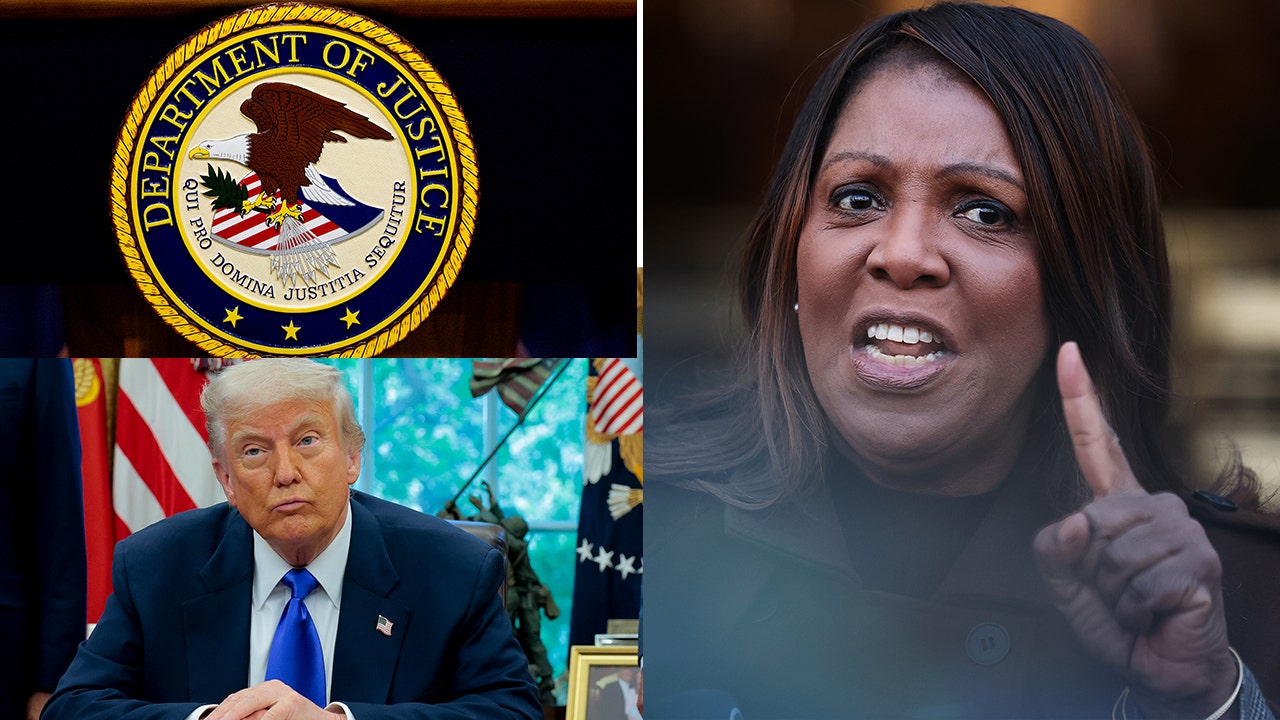
 Politics1 week ago
Politics1 week agoDepartment of Justice opens criminal investigation into NY AG Letitia James
-

 World1 week ago
World1 week agoNew German chancellor aims for stronger EU ties with France and Poland
-

 News1 week ago
News1 week agoJudge Orders Release of Rumeysa Ozturk, Tufts Student Detained by ICE

